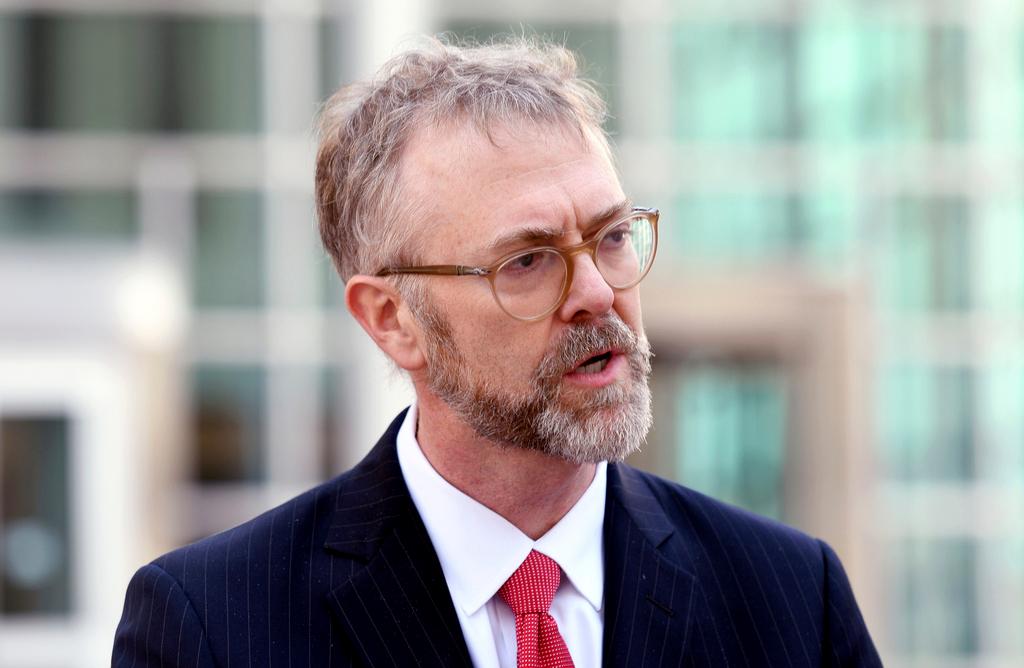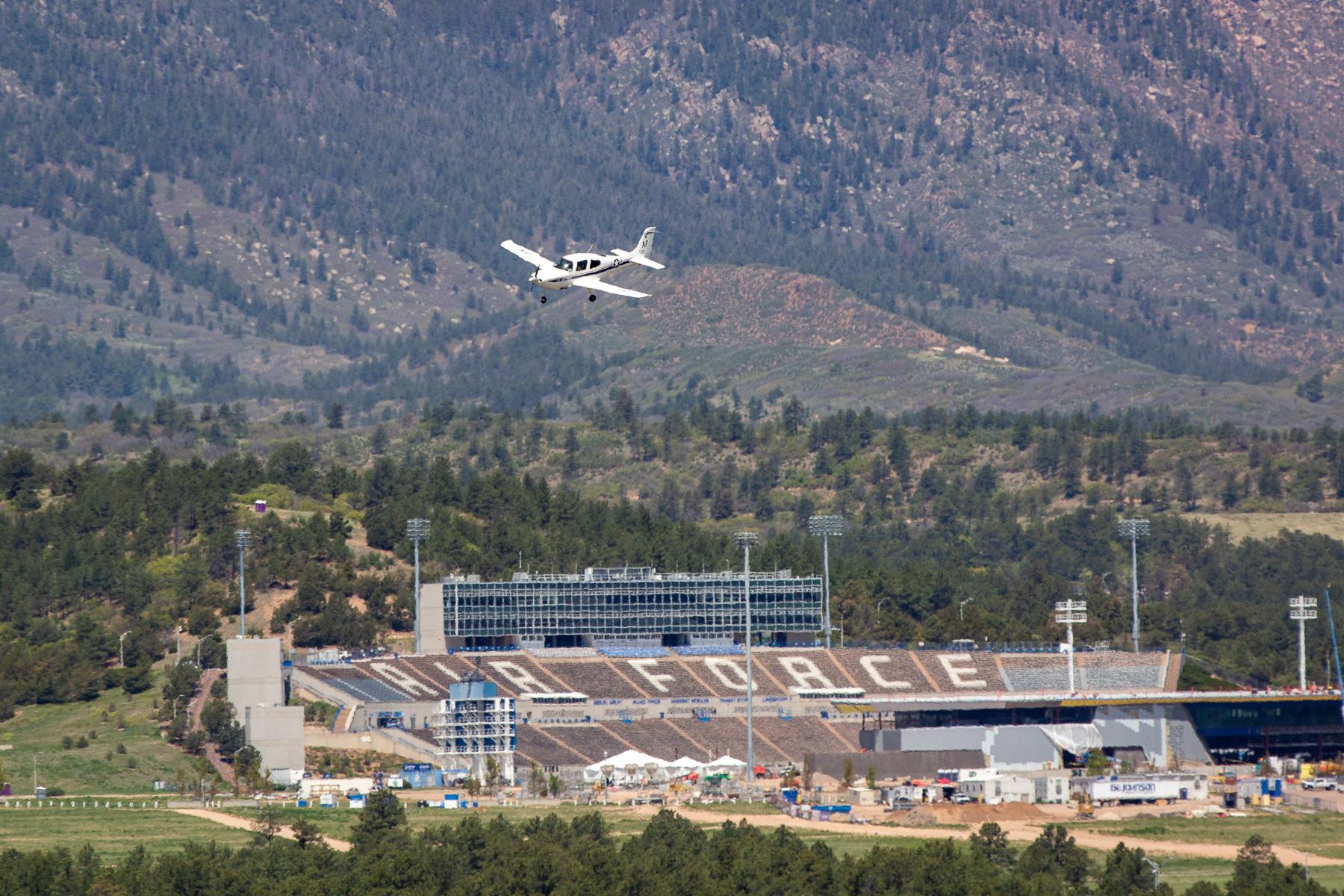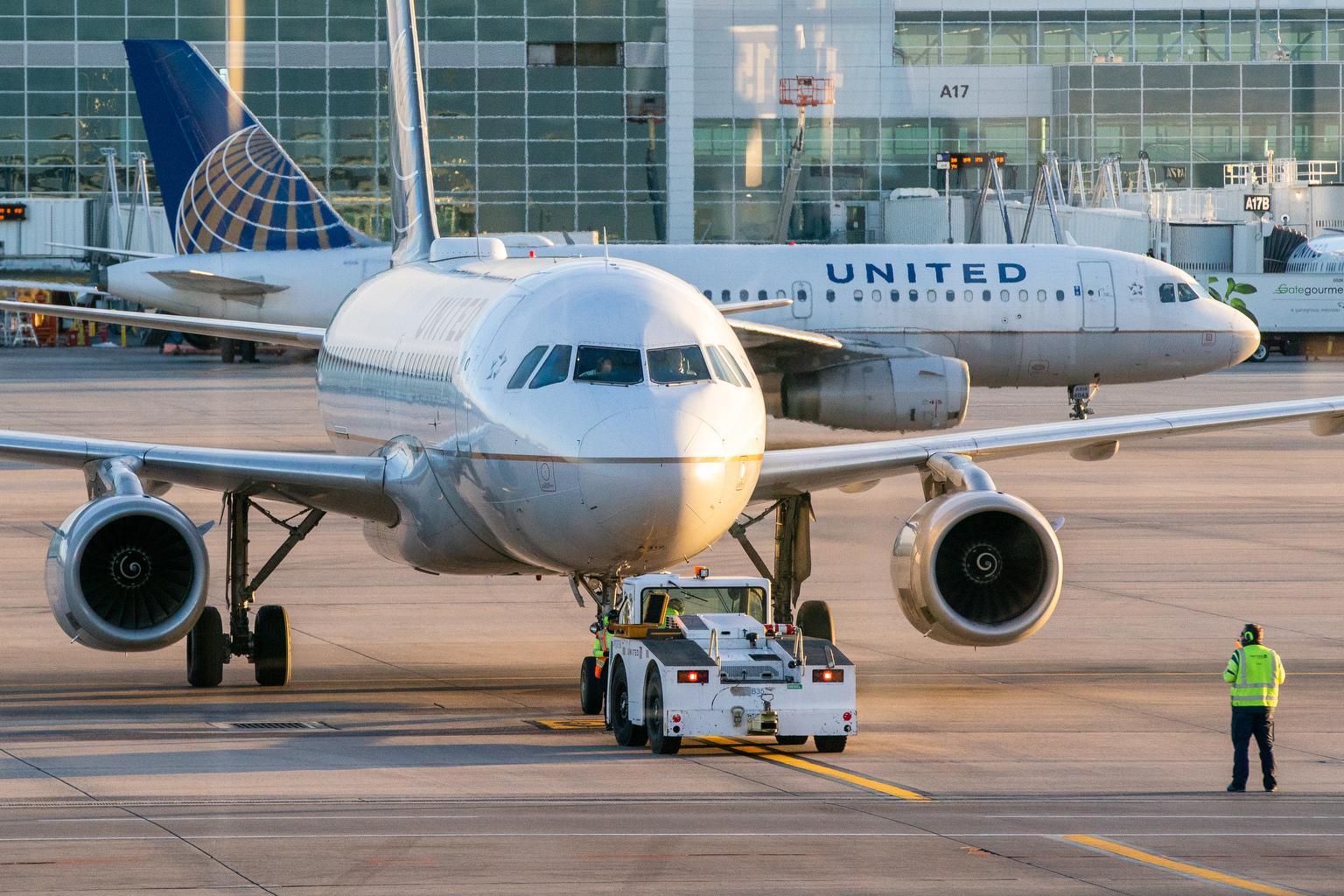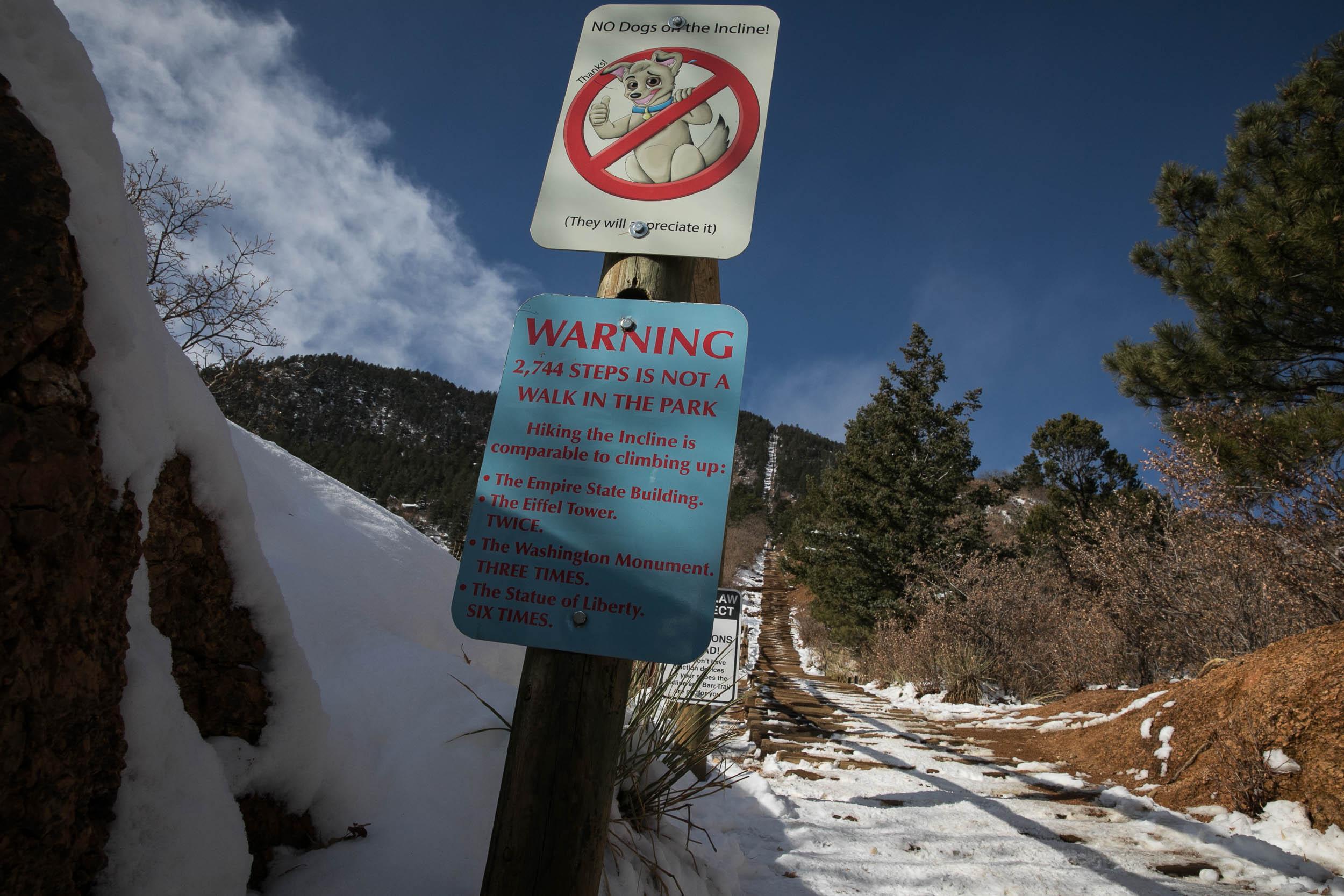Voting yes on Amendment B would effectively repeal the Gallagher Amendment, which Colorado voters approved back in 1982. Repealing Gallagher would prevent future cuts to residential property taxes. It would lock one part of the residential property tax formula at its current rate and stabilize funding for schools and local governments.
Voting no would keep the amendment in place, setting the stage for a significant cut to residential property tax rates next year that would keep hundreds of millions of dollars out of the government’s pockets and in property owners’ hands. It could result in rural areas in particular losing money for emergency services. That cut would also keep nearly $500 million out of the school system.
A simple majority is required to complete the repeal.
Gallagher is part of the complex and overlapping laws that restrict government spending in Colorado. It has put a brake on property tax bills throughout Colorado. In big cities, that means that bills haven’t grown as fast. In rural areas, Gallagher has compounded fiscal problems and resulted in budgets getting smaller for emergency services and governments.
The repeal effort has unprecedented bipartisan support. It was put on the ballots by Democrats and Republicans in the state legislature, who say that repeal will shore up government revenues at a time when the state’s finances are reeling.
Opponents of repeal call themselves Keep Property Taxes Low Colorado, and they argue Gallagher has fulfilled its purpose of slowing property tax hikes. They say the legislature should instead pursue smaller fixes to the amendment to help rural areas.
Gallagher was meant to limit how much state and county governments rely on taxes from residential property owners. It says residential properties should pay no more than 45 percent of the state’s property taxes, with the rest paid by commercial property owners and businesses.
That requirement has had some dramatic effects over the last 38 years.
First, it’s resulted in businesses paying much higher property tax rates than residential owners. That’s because Colorado has seen a boom of residential property development, which has increased the cumulative residential property value. Commercial properties’ value has grown much more slowly.
As a result, residential property now makes up 80 percent of the property value in the state, but it’s only responsible for 45 percent of the tax bill. Gallagher has forced the state to continuously rebalance the equation by reducing the residential property tax rate.
Back in the 1980s, homeowners paid taxes on about 20 percent of the value of their homes. Today, that figure — the “residential assessment rate” — has fallen to just 7.15 percent. Residential owners are paying lower rates in order to ensure that they don’t cumulatively pay too much money. This shift has saved residential owners from paying about $35 billion in taxes over the years, according to a state analysis.
Meanwhile, commercial properties are taxed on 29 percent of their value, several times higher than residences. That rate can’t change under Gallagher, leading to complaints that businesses are being stifled by unfair tax rates.
This is all coming to a head again in 2021 when the state will again rebalance property tax rates to meet Gallagher’s requirements. One projection shows that Gallagher could result in a new residential assessment rate of 5.88 percent. That would effectively knock almost a fifth off some people’s tax bills, denying an estimated $490 million to school systems and $200 million to county governments.
But in larger cities, people’s property tax bills would still grow. That’s because the underlying value of the property is increasing, even if the rate of taxation falls. So, in those cases, Gallagher only slows the rise of property tax bills. For example, taxable property values in Denver have doubled in the last 20 years. Without Gallagher, that taxable base might have risen by a factor of five.
It’s a different story in rural areas, where Gallagher accelerates the loss of property tax dollars. In 24 of Colorado’s counties, the tax base has actually shrunk since 2004 when adjusted for inflation. That means some areas don’t have any buffer of growth to protect them when Gallagher slashes the assessment rate.
A central problem with Gallagher is that it sets a single, statewide assessment rate. Growth on the Front Range drives the assessment rate lower — but that has a statewide effect, including for areas that can’t afford a cut.
Some counties have gotten around Gallagher by adjusting a different part of the equation: the mill levy. Think of the mill levy as a final multiplier which differs from county to county. Voters in places like Denver regularly agree to a higher multiplier, which helps the city grow its tax revenues even as Gallagher slashes away at the other part of the equation.
But counties can’t increase that multiplier without voters, thanks to the restrictions of the Taxpayer’s Bill of Rights. And that can be especially hard in conservative rural areas.
2020 Voter Guide Navigation






